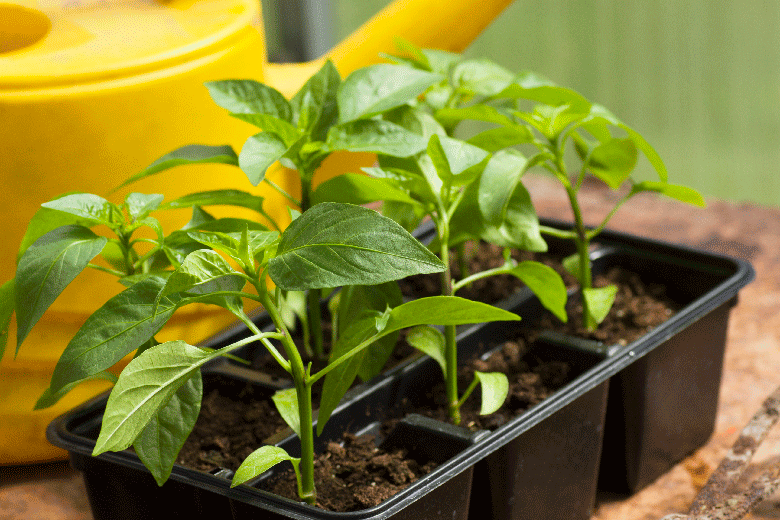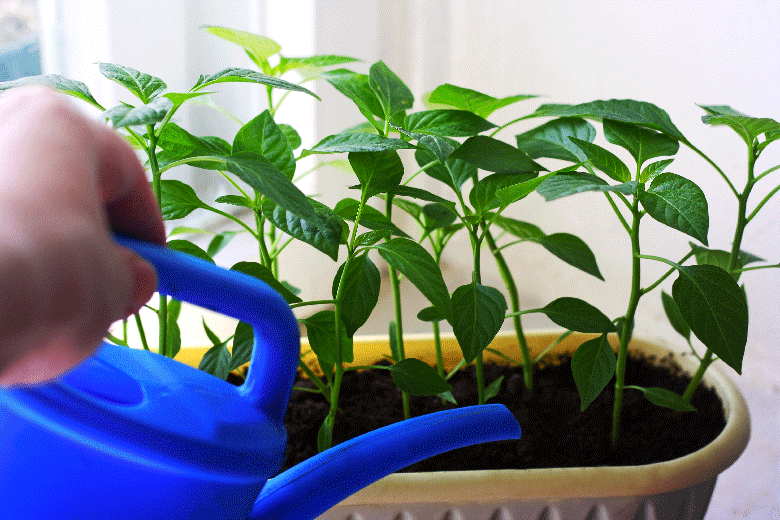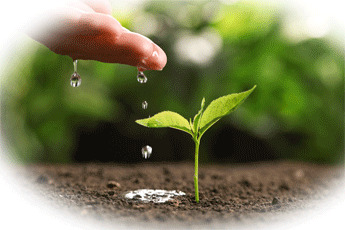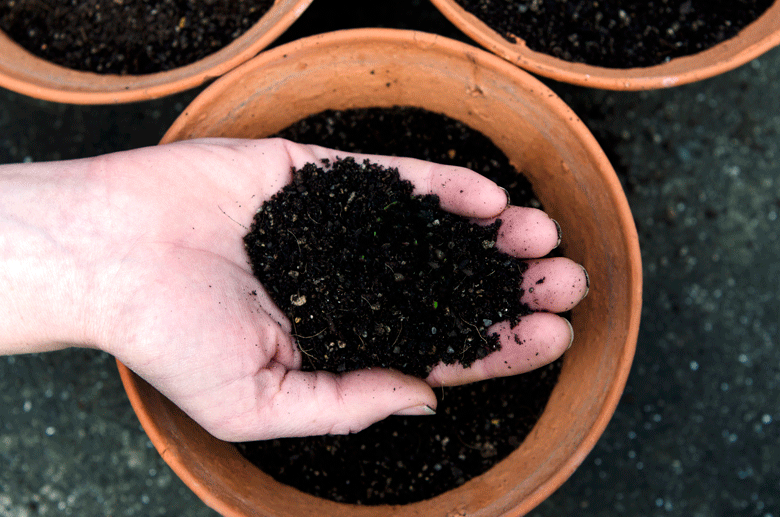 Why tap water can be bad
Why tap water can be bad
In my last post, I covered potting soil as part of my series on looking into the finer detail of growing Chillies I developed a new potting soil for potting on. I have already used some of this soil to pot on my Rocoto Chillies for the first time
As the next part of this exercise, I am looking into water. Up to now, I have used tap water (straight from the tap) to water my Chillies. However, on doing research, I found it was not the best way to do things . So with this in mind, I will be examining this aspect of Chilli growing in more detail
. So with this in mind, I will be examining this aspect of Chilli growing in more detail
Many believe chlorine or chloromines added to tap water are harmful to plants. In fact, this is not true. If the tap water suppliers (and most do) follow the WHO recommendation of less than 5 ppm tap, from a chlorine or chlorine perspective, tap water is safe for watering plants. Chlorine / Chloramine levels would have to be over 150 pm before it started becoming toxic to them.
What makes tap water not good for watering Chillies is something else. Ordinary tap water contains a mixture of minerals and salts that can inhibit plant growth. These minerals and salts build up in the soil, raising PH levels over time. This, in turn, will impact a plants’ ability to extract nutrients from the soil. This is known as a nutrient lockout. If a plant cannot get what it needs to thrive, it won’t grow into a healthy plant.
Cleaning up my act

Purified water
To prevent this from happening, I will only use purified water from now. For the moment, that means filtering water through activated carbon in a special jug with a filter. Besides using the jug purifier, I will also use some distilled water I bought a while ago for some or the other purpose. I am also thinking of investing in a rainwater barrel. Fresh rainwater is suitable for growing Chillies. In fact, it could be the best!
These watering methods need to suffice for now, as my plants are still seedlings. However, once they get bigger and we get into the throes of the Chilli growing season next year, I will have to come up with another way to achieve my objectives. The pouring jug and deionized water alone won’t cut it
season next year, I will have to come up with another way to achieve my objectives. The pouring jug and deionized water alone won’t cut it
Some of the real experts in Chilli growing go into fine detail in the type of water they feed their plants. They will filter the water using methods like reverse osmosis, deionization, etc. to achieve water that is precisely right for growing Chillies. This is definitely on the horizon for me. However, before getting that scientific, I will need to do some research.
Luckily, there are still quite a few months between now and the start of the Chili growing season next year. This gives me more than enough time to decide which method I will be using.
As far as fertilisers are concerned, I think I will stick to my tried and tested Chilli Focus. It works as a treat, particularly when Chillies are still seedlings. I will start giving my seedlings Chilli Focus at a weak dilution of 2.5 millilitres per litre of purified water. I will only begin fertilization at this dosage once the seedlings have developed their first set of true leaves. Chilli seedlings don’t need any fertilization before that. They get their nutrients from the seed they germinated from.
Finally.
Next season, I intend to experiment with other fertilizers. Worm castings, in particular, interest me. I will also use some horse manure I got from a friend. The time between now and then will ensure it is well-rotted. I will use it in April / May next year, when I intend to start hardening off my Rocotos so they can be permanently placed outside in pots. I wouldn’t usually start hardening off Chilli plants that early, but Rocotos are cold weather resistant. Once the night temperatures get constantly above eight degrees, I will place them outside permanently.
While I have decided to go along the line purified water line, reasonably good results can be achieved using tap water. It all depends on the quality of the tap water available to you. Some areas only have access to hard water loaded with salts and minerals. If your kettle is constantly developing scale, a white residue at the bottom, it means you will have a problem using tap water to grow Chillies.



Thank you for your post. I live in London so all the water is h.a.r.d (constant limescale). I used tap water in the beginning but noticed the leaves wilting. It took me a while to figure out it was the water.
We have a dehumidifier for one problematic part of our house and it accumulates 3 litres of water per day during winter (<0.5L during summer though). I have a 25L canister that I store the water in and use it for my chillies. They're growing fast though and the dehumidifier is starting to fall behind, so I'll have to find a more sustainable solution.